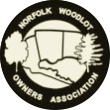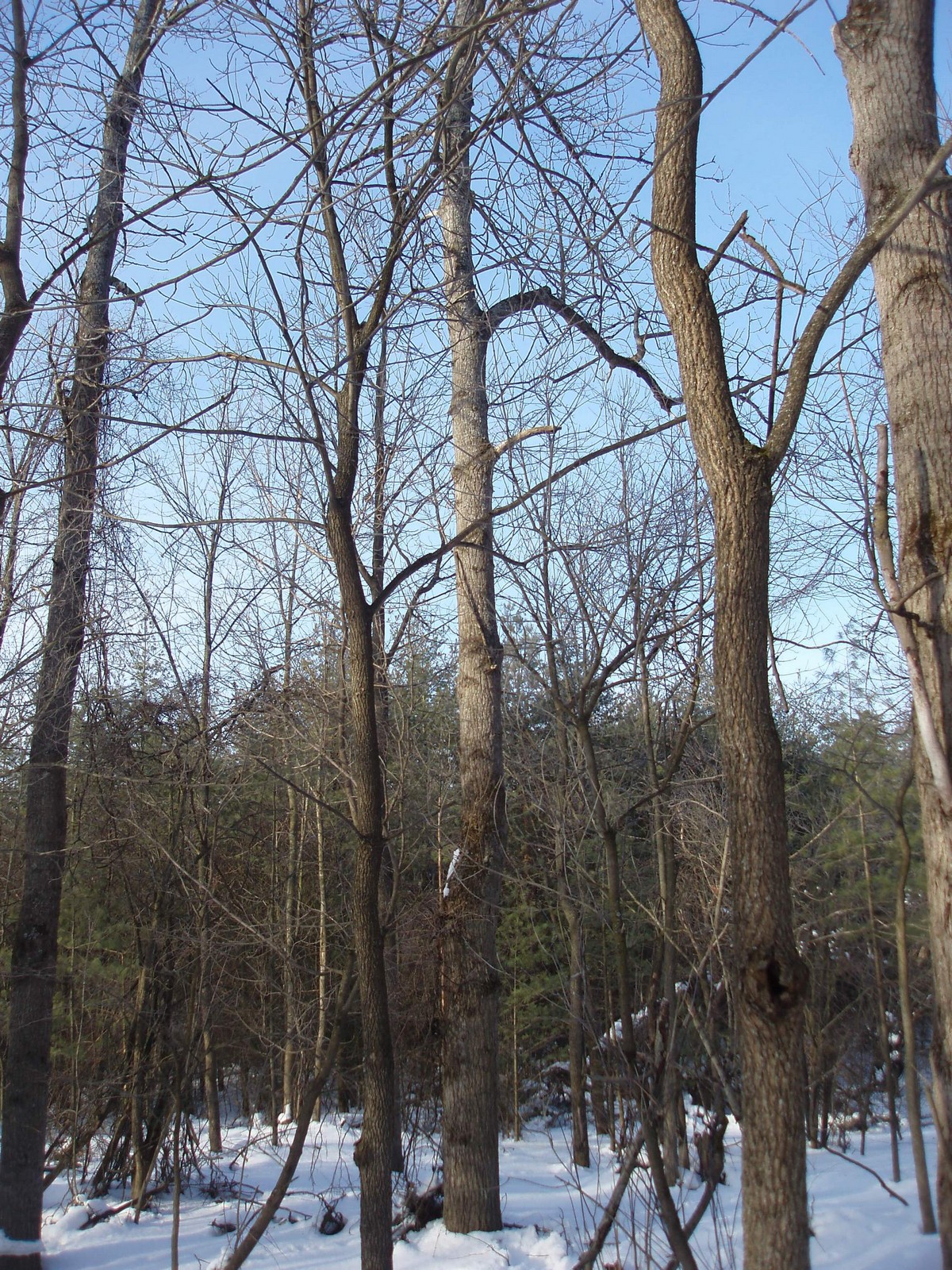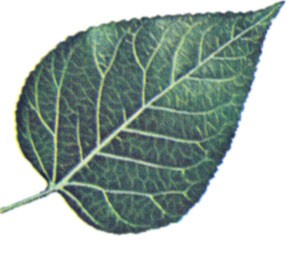Populus balsamifera
Owner: Alan McKim
Nominator: Noah Cleland
Height: 20 m (65.6 ft)
Diameter: 44.11 cm (17.4 in)
Circumference: 138.5 cm (54.5 in)
Description
The Balsam Poplar can be found in forests ranging from Newfoundland and Nova Scotia in the East, all across Canada to British Columbia and the Yukon in the north and west, and south to North Dakota. It is a hardy tree and grows in most soil types though it prefers soil that is moist and sandy or gravelly such as the alluvial soils of river flats, sandbars and the shorelines of lakes and rivers. It can be found in pure stands, or with other species including balsam fir, white and black spruce, paper birch, black ash, red maple and trembling aspen. It is not very shade tolerant and will usually not grow in the understory of other trees. Balsam Poplar’s have tear drop shaped leaves with very fine teeth that are dark green in the spring and summer and turn black in the fall. This unique colour change of its fall foliage from green to black gives the Balsam its other name, the Black Poplar. The trunk is smooth and grayish in colour and its wood is typically used for plywood and particleboard. It is a short-lived tree that grows rapidly for the first 40 years. The Balsam Poplar is one of the few large deciduous trees that can be used as ornamentals planted in parks and lawns in northern towns and villages. In the spring when its leaves appear and the fruit develops, it gives off a characteristic odour, hence the name ‘balsam’ poplar. (Source: Focus on Forests)
Balsam Poplar leaf (Source: Auburn University)


